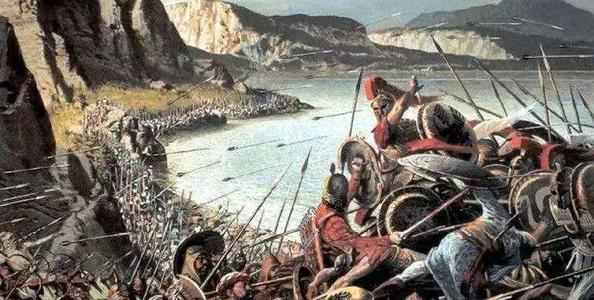The Evolution of Western Swords: Materials, Craftsmanship, and Typology from the Bronze Age to the Middle Ages
Introduction

The history of Western swords reflects advancements in metallurgy and combat arts. From bronze daggers to medieval longswords, their evolution reveals technological and societal shifts. This article analyzes sword typology, materials, and forging techniques across three key eras: the Bronze Age, Iron Age, and Middle Ages.
Part 1: Classification of Western Swords
By Design:
Gladius: Roman legion’s 60cm thrusting sword4.
Longsword: Knightly weapon for cutting and thrusting.
Sabre: Curved cavalry blade.
By Function:
Battlefield (e.g., Viking swords for shield walls).
Duelling (e.g., Renaissance rapiers).
Ceremonial (e.g., Charlemagne’s Joyeuse)8.
Part 2: Materials & Forging Techniques
Bronze Age (3000–1000 BCE):
Material: Copper-tin alloy (brittle but easy to cast).
Example: Greek Xiphos6.
Iron Age (1000 BCE–5th CE):
Breakthrough: Iron swords (e.g., Celtic La Tène) surpassed bronze in durability1.
Middle Ages (5th–15th CE):
Damascus Steel: Wootz steel with carbide patterns1.
Ulfberht Swords: Viking-era high-carbon blades4.
Oakeshott Typology: Classifies medieval swords (e.g., Type XV for plate armor)4.
Part 3: Medieval Swordsmanship
Liechtenauer Tradition: German longsword combat with Meisterhau strikes7.
Conclusion
Western swords embody technological mastery and cultural ideals. Today, they endure in museums and HEMA practices.
SEO Strategy
Title (Under 300 Characters)
"From Bronze to Steel: The Complete History of Western Swords – Materials, Forging & Medieval Combat Techniques"
Meta Description (Under 500 Characters)
Explore the evolution of Western swords from Bronze Age Xiphos to medieval longswords. This guide covers metallurgy (Damascus steel, Wootz iron), Oakeshott’s sword typology, and Liechtenauer’s combat system. Discover how swords shaped warfare and culture, with insights from museum artifacts like Ulfberht blades and Charlemagne’s Joyeuse. Essential for historians, blacksmiths, and HEMA practitioners.
